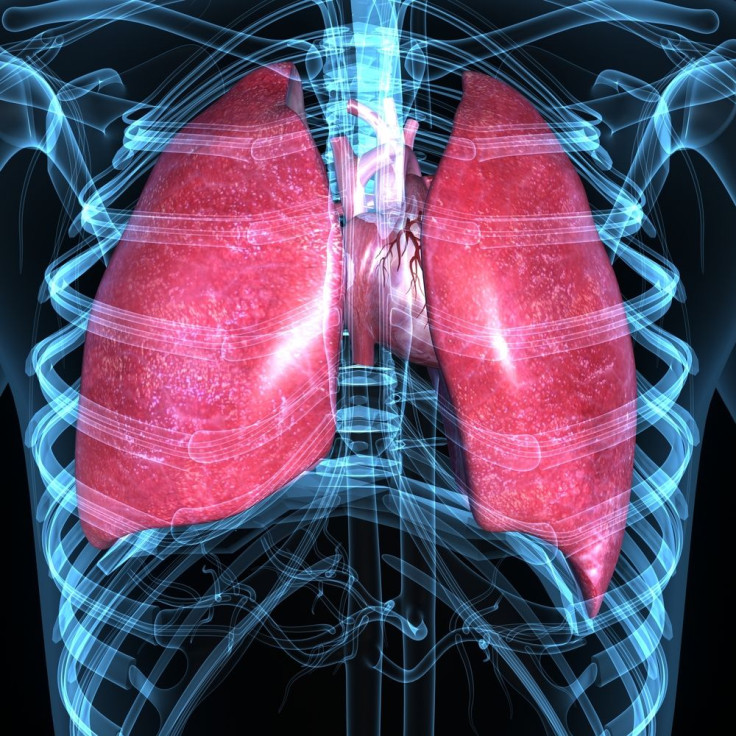Regenerative Medicine Breakthrough Pushes COPD Treatment Forward, Marks Win For Method

Scientists have found that regardless of their stage in life, lung cells are able to regenerate themselves in order to repair missing or damaged tissue. The team behind the discovery hopes that they will one day be able to replicate this natural behavior in order to help repair tissue damage in patients with conditions such as COPD. The new study is just one of many focusing on, not stem cells, but fully mature cells as a means of regrowing the human body.
New Possibilities In Lung Disease Treatment
There are two main types of lung cells: type 1 cells, which is where oxygen and carbon dioxide are exchanged during breathing, and type 2, which secrete surfactants, a type of lubricant integral to the breathing process, Tech Times reported. Type 2 cells have been previously observed to regenerate into type 1 cells in the presence of damage, but a team of scientists from the University of Pennsylvania School of Medicine and Duke University have shown that the opposite is also possible.
In the study, which is currently published in Nature Communications, for the first time ever, the team observed the type 1 cells give rise to type 2 cells over about three weeks in various models of regeneration.
"We saw new cells growing back into these new areas of the lung. It's as if the lung knows it has to grow back and can call into action some type 1 cells to help in that process," explained UPenn cardiologist Rajan Jain, as reported by Tech Times. According to Dr. Jon Eptein, also of UPenn, the observation suggested that there is much more flexibility in the pulmonary system than previously believed.
Understanding how and why these mature cells are regenerating into different types of lung tissue may be the key to treating certain types of lung damage caused by conditions such as chronic obstructive pulmonary disease (COPD). In the case of COPD, damage to the lungs makes it difficult to breathe. Although patients may somewhat control the condition, there is currently no cure. The ability to regrow damaged lung tissue on demand, then, could completely change treatment options for COPD patients.
Beyond Stem Cells
Attempts at cell regeneration in humans have been largely focused on using stem cells. Because these cells are not yet specialized, theoretically they can be manipulated into serving any function. However, a small sub-group of scientists are thinking outside the box and attempting to use already specialized cells to regenerate new cells and tissue.
This study is not the first time scientists have observed mature cells well past the believed regeneration period give rise to new cells. Cellular regeneration is a behavior perfected by animals, such as certain species of lizards and fish, which allows them to go as far as regrow whole limbs — even their heads. Humans are also capable of cellular regeneration to a much less impressive extent. Our skin and hair cells are constantly regenerating, but other bodily cells are much less capable of regeneration — or so we thought until recently.
Last week a collaboration of doctors from the Weizmann Institute of Science in Israel and the Victor Chang Institute in Australia succeeded in developing a way to get mature heart cells to regenerate. By modeling the research for their study after the regeneration capacities of salamanders and zebrafish, the team developed a way to stimulate the release of a hormone that causes cardiac cell division. So far, this cardiac regeneration was only observed in lab mice, but the team is hopeful that it can be replicated in humans in as little as five years.
Leaps have also been made in the regeneration of mature liver cells. In a 2014 study, a Harvard team found that chronically diseased livers of mice could be repaired by forcing the mature liver cells to revert back to a stem-stem state, thus allowing them to regenerate into new liver cells. The team hopes that one day their research can help to replace the need for liver cell transplants.
Discovering a way to regenerate mature human tissue can open the door to everything from reversing the damage of cancer and heart attacks to changing the lives of amputees. These studies suggest that this science-fiction-esque idea may actually be possible.
Source: Jain R, Barkauskas CE, Takeda N, et al. Plasticity of Hopx+ type I alveolar cells to regenerate type II cells in the lung. Nature Communications. 2015.



























